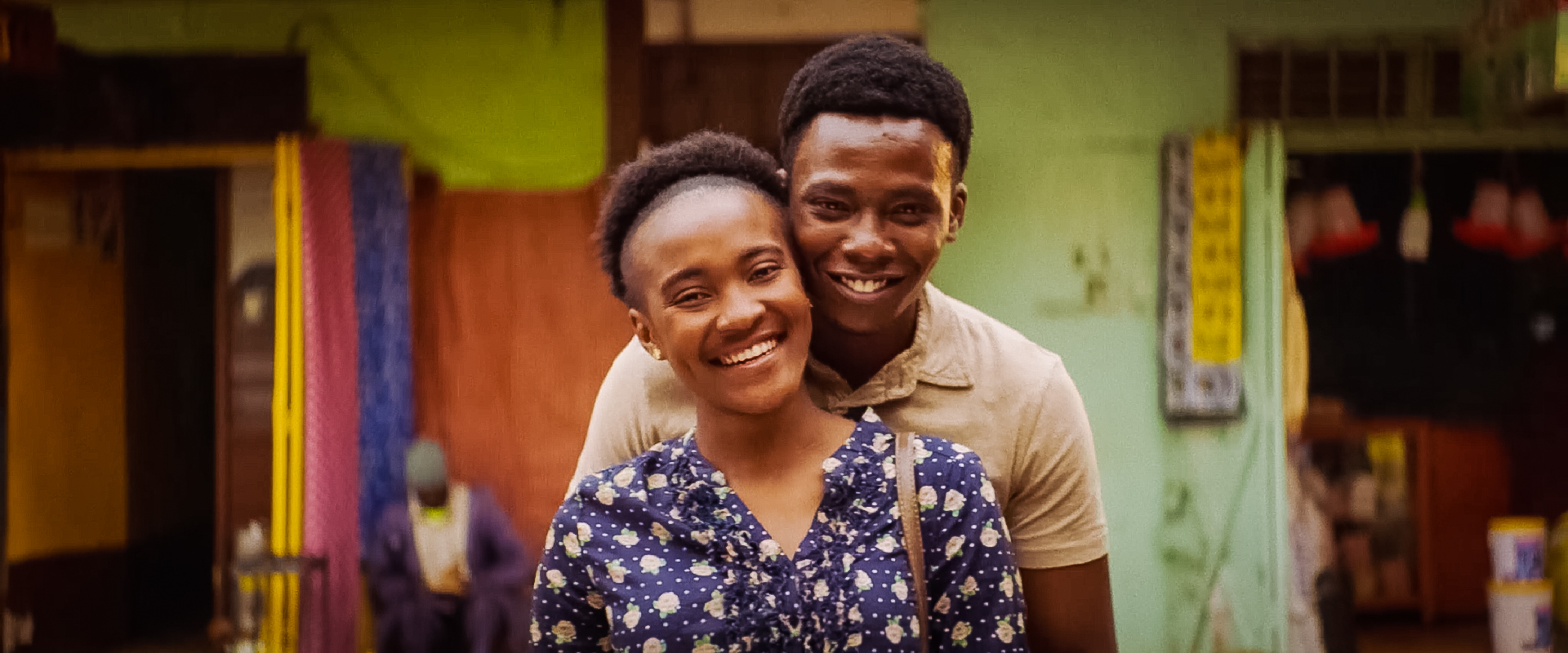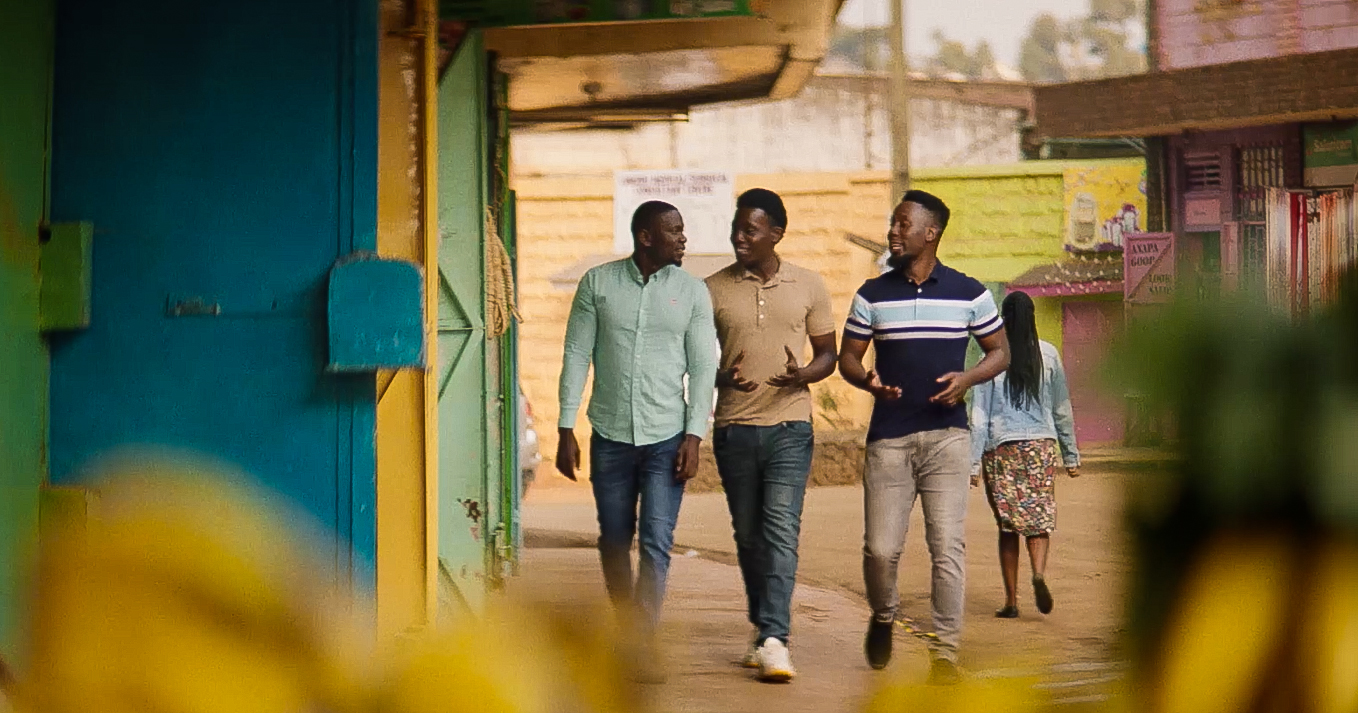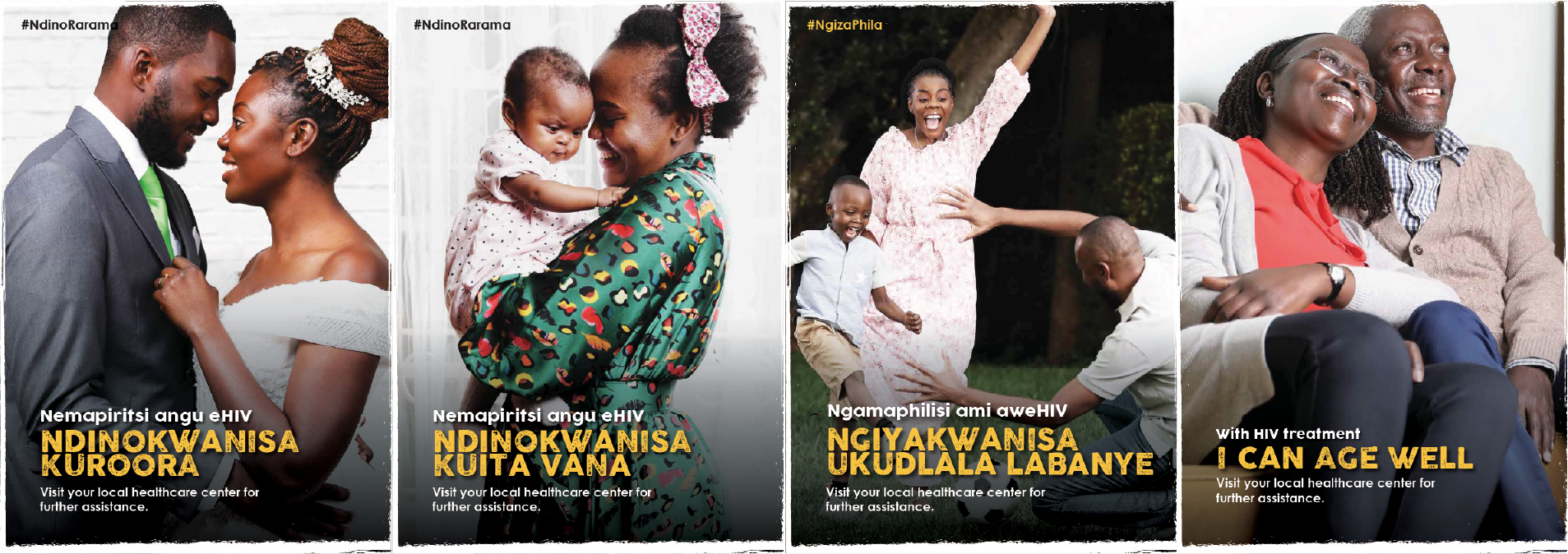FTS CASE STUDY
flip the script
PSI, together with Fieldstone Helms, Ipsos Mori and Su Balasubramanian and in collaboration with the Bill & Melinda Gates Foundation (BMGF), The President's Emergency Plan For AIDS Relief through the Office of the U.S Global AIDS Coordinator (PEPFAR/OGAC), and Johnson & Johnson (J&J), developed a model campaign on the benefits of treatment to «Flip the Script» on HIV treatment in Zimbabwe and Malawi.
Many people living with HIV do not start, stay on or get back on antiretroviral treatment (ART). This lifesaving once-daily medication keeps the virus level so low in their bodies that it becomes undetectable. This treatment keeps them alive and allows them to live virtually “normal” lives.

01 CHALLENGES
Awareness of ART is high in Zimbabwe and Malawi, but there has been a long-held association with HIV and death – the death of life, death of their past lives as they once knew them and death of the freedoms they used to have. The benefits of ART are not fully understood or accepted, including an understanding of U=U, which health care workers are reluctant to share with PLHIV.

02 BRAND OBJECTIVE
Flip the Script aimed to rebrand HIV treatment - reframing it from being about death and dying to be aspirational - all about life and reclaiming all of the freedoms of which they thought their HIV diagnosis had robbed them.

03 INSIGHT
The team built on rich insights built from work already conducted in South Africa as well as new insights from Malawi and Zimbabwe. The branded campaign we developed employed a marketing and brand strategy including a core set of messages that powerfully convey the benefits of antiretroviral therapy (ART) to people living with HIV (PLHIV), the healthcare system, and the broader community.

04 APPROACH
The Team adapted approaches from human-centred design (HCD) to find both the right language and the right messenger for this message, leveraging the power of everyday people to guide solutions. Since HIV stigma is a sensitive issue and national stakeholders are a critical factor in the success of any public health campaign, the Team took a “co-design” approach, putting host country governments in a leadership role, and engaging members of the target audiences, key stakeholders, and influencers into the process from the outset in the two countries.
The team followed the phased approach from insights generation,
- 1. Kick-Off, Insights, and Client Group Framework;
- 2. Development Campaign Strategy and Plan;
- 3. Design Assets and Prototype; and
- 4. Pilot, Execute, and Measure.
05 CREATIVE PROPOSITION
The root of the creative idea we developed is breaking free. It encourages people living with HIV to break free of the limitations they felt after their diagnosis. When they break free, they will continue living life as they please, doing what they love most.
Nothing has to change after being diagnosed with HIV. One can choose to live long because HIV is a manageable illness as long as one adheres to the medication plan. You Can; We Can, I can.
